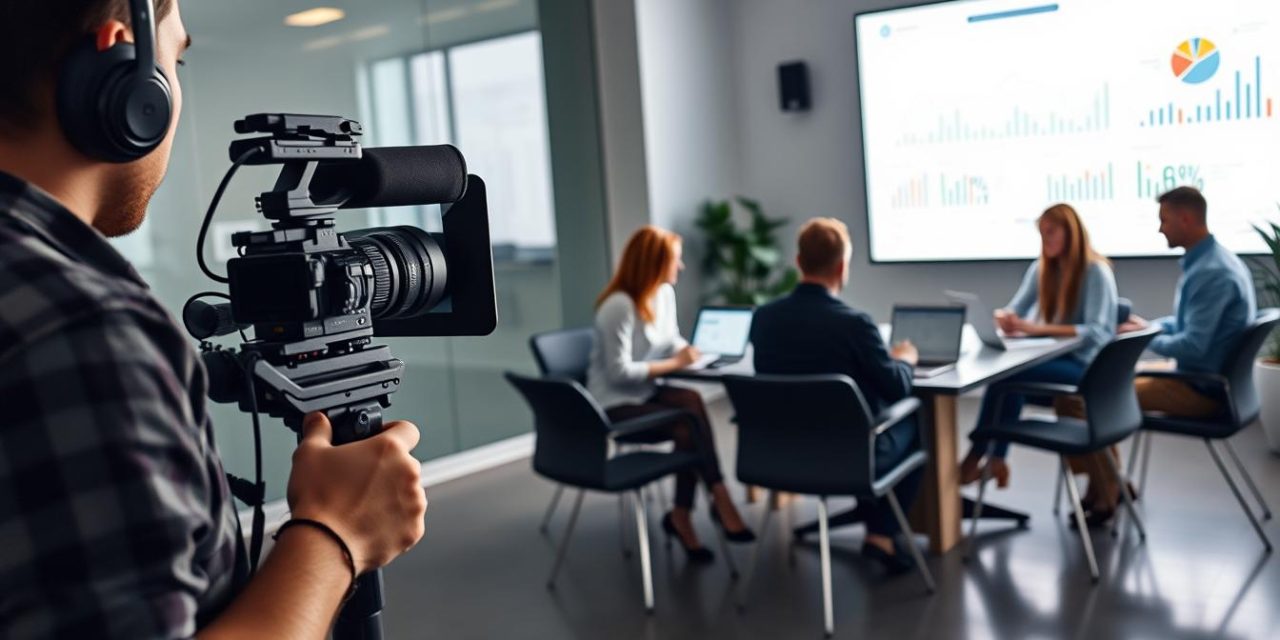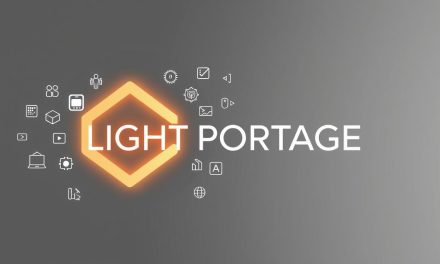Imagine this: You’re an independent professional with unique skills, but standing out feels like shouting into a void. You’re not alone. Last year, 93% of global internet users turned to online videos for information and connection. This isn’t just a trend—it’s a transformational shift in how audiences engage.
Think back to the last time a creator’s message truly resonated with you. Chances are, it wasn’t a polished ad—it was authentic storytelling that made you pause. For solopreneurs and consultants, visual media offers that same power: a way to humanize your expertise while building trust at scale.
This ultimate guide isn’t about chasing algorithms. It’s about crafting a sustainable approach to showcasing your value. Whether you’re sharing client success stories or breaking down complex ideas, the right framework turns viewers into collaborators—and uncertainty into momentum.
Table of Contents
Key Takeaways
- 93% of internet users engage with online videos, making them critical for visibility.
- Authenticity drives deeper connections than overly produced material.
- Strategic storytelling builds credibility faster than traditional marketing.
- Actionable methods adapt to your existing workflow and resources.
- Clear systems help maintain consistency without creative burnout.
Introduction: The Impact of Video Content in Today’s Marketing
Professionals now operate in an environment where 78% of consumers prefer absorbing information through dynamic formats rather than static text. This shift reflects a fundamental change in how expertise is shared and valued. Visual storytelling bridges the gap between technical knowledge and audience connection, offering a multidimensional experience that text alone can’t replicate.
| Format | Average View Duration | Recall Rate |
|---|---|---|
| Visual Narratives | 2.5 minutes | 68% |
| Text Articles | 45 seconds | 22% |
| Image Galleries | 1.1 minutes | 34% |
Mobile users particularly favor brief, impactful messages—64% expect immediate value from professional materials. This aligns perfectly with the strengths of visual communication, which delivers complex ideas through layered sensory inputs. When crafted strategically, these materials become cornerstones of audience trust-building.
The true advantage lies in authenticity. Viewers instinctively recognize genuine expertise presented through relatable narratives. This authenticity gap explains why professionals using visual strategies see 3x faster credibility growth than those relying solely on traditional methods.
What is a Video Content Strategy?
In a digital landscape crowded with fleeting trends, professionals need systems that deliver lasting results. A strategic approach to visual storytelling acts as your compass—aligning every creative decision with measurable outcomes while preserving your authentic voice.
Defining the Purpose and Goals
Your framework starts with clarity. Are you explaining industry complexities? Demonstrating your process? Each piece must serve a distinct role in your professional journey. A consultant’s explainer video differs fundamentally from a freelancer’s portfolio showcase—both in structure and intended impact.
We recommend categorizing your materials by primary objectives: education builds authority, testimonials foster trust, while service demonstrations convert interest. This focus prevents scattered efforts and ensures every minute spent filming advances your goals.
How Visual Storytelling Drives Engagement
Dynamic formats outperform text because they activate multiple learning pathways. Viewers retain 95% of messages conveyed through sight and sound compared to 10% through text alone. This explains why tutorial clips or case study reels often outperform traditional marketing collateral.
Consider how proven engagement techniques leverage pacing, visuals, and relatability. A well-timed pause during a key insight or an on-screen data visualization can transform passive watching into active problem-solving.
Your strategy thrives when flexibility meets consistency. Update formats quarterly based on performance metrics, but maintain core messaging pillars that reflect your expertise. This balance keeps your materials fresh without diluting your professional identity.
Understanding Your Target Audience for Video Content Success
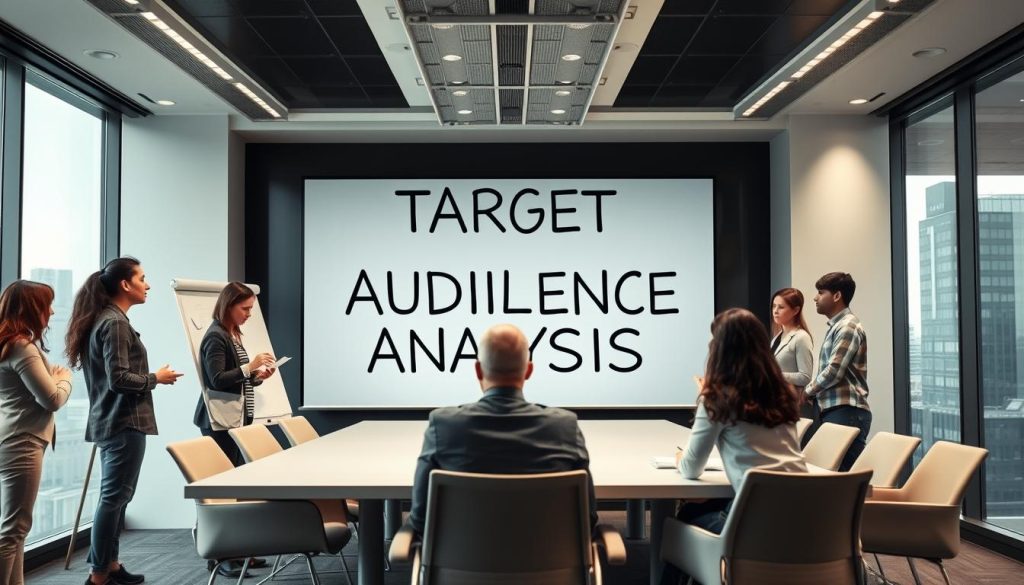
Successful professionals know their audience isn’t a monolith—it’s a mosaic of needs and aspirations. The difference between generic broadcasts and strategic communication lies in precision targeting. When you decode viewer motivations, every frame becomes an opportunity to demonstrate value.
Researching Audience Demographics
Start with hard data. Analyze age ranges, geographic locations, and career stages. A marketing consultant targeting startups needs different messaging than one serving Fortune 500 executives. Look beyond surface details—employment types and industry pain points reveal deeper opportunities.
Platform analytics offer goldmines. LinkedIn viewers might prioritize career growth, while Instagram audiences often seek quick, actionable insights. Track which topics generate shares or comments to refine your approach.
Creating Detailed Customer Personas
Transform data into human stories. Build personas like « Ambitious Alex, » a 35-year-old solopreneur juggling client acquisition and workflow optimization. List their daily challenges, preferred learning styles, and decision-making triggers.
This clarity shapes everything from scripting to visuals. Should your materials use technical jargon or plain-language explanations? Do viewers want step-by-step tutorials or big-picture strategies? Personas answer these questions before you hit record.
Planning and Scripting Your Video Content Journey
Every successful project begins with a clear plan. For professionals building authority through dynamic materials, structured preparation separates impactful work from random experimentation. This phase determines whether your message resonates or gets lost in translation.
Developing a Compelling Script
Think of your script as GPS navigation for your ideas. It answers three questions:
- What problem does this solve?
- How will viewers benefit?
- What action should they take next?
Start with bullet points of key messages, then expand into natural dialogue. « The best scripts sound like conversations, not lectures, » notes communications expert Dr. Lisa Monroe. This approach maintains engagement while conveying expertise.
| Element | Script Focus | Storyboard Focus |
|---|---|---|
| Core Purpose | Message clarity | Visual alignment |
| Time Investment | 40% of process | 25% of process |
| Revision Flexibility | High (text-based) | Medium (visual mockups) |
Storyboarding and Visual Planning
Transform words into visual sequences using simple sketches or digital templates. This step prevents costly reshoots by identifying gaps early. Consider these when storyboarding:
- Camera angles that emphasize key points
- Transitions between concepts
- Text overlays for data emphasis
Platforms like Canva offer drag-and-drop tools requiring zero design experience. As you refine your approach, remember that expanding your online reach relies on consistency more than perfection.
Selecting the Perfect Video Format and Production Tools
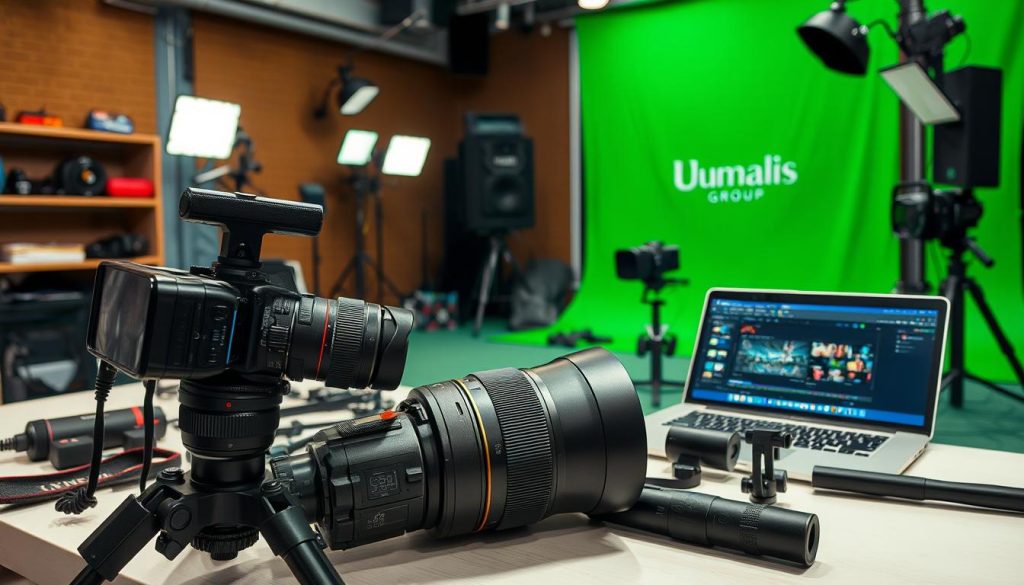
Your visual materials become powerful assets when format and execution align with your expertise. Just as a master carpenter selects tools for specific tasks, professionals need strategic pairing of style and technology. This alignment ensures your message resonates while maintaining production efficiency.
Exploring Different Video Formats
Each format serves unique objectives:
- Tutorials: Break down complex processes step-by-step
- Interview-style: Showcase peer insights or client success stories
- Demonstrations: Prove value through real-time problem-solving
A case study analysis might work best for consultants, while coaches often thrive with quick tip reels. Match your format to audience preferences revealed through previous engagement metrics.
Choosing the Right Equipment and Software
Professional results don’t require Hollywood budgets. Prioritize tools that simplify workflow:
- Remote recording platforms like Riverside ensure 4K quality regardless of internet stability
- Editing software with auto-caption features saves hours in post-production
« The best setup is the one you’ll actually use consistently, » notes digital strategist Mara Chen. Start with a reliable microphone and basic lighting kit—upgrade as your audience grows.
Ensuring High-Quality Production: Sound, Lighting, and Editing Tips
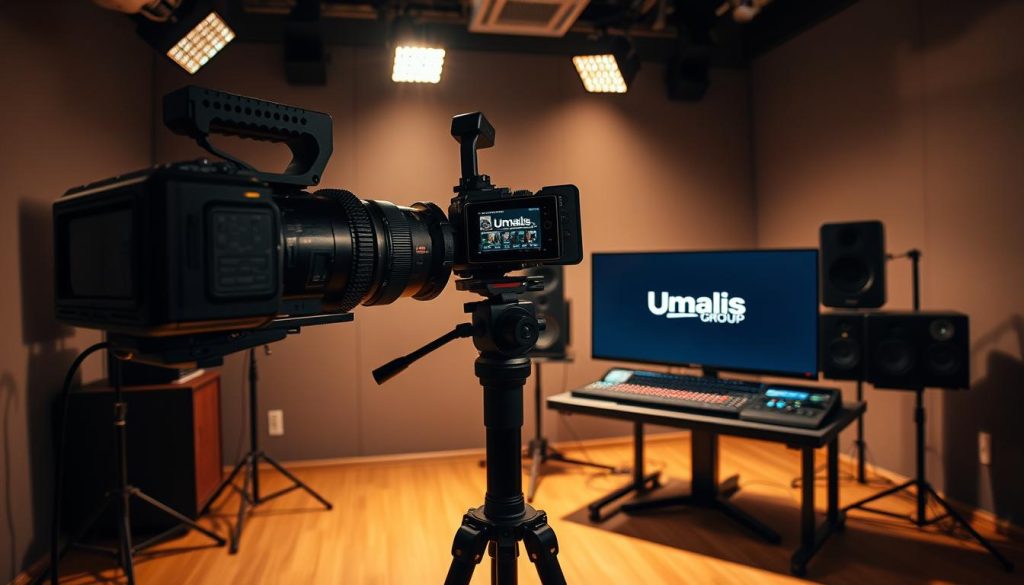
Professional-grade materials begin with intentional technical choices. While creativity drives engagement, production quality determines whether audiences perceive your work as credible. Let’s explore how to refine three pillars of polished presentations.
Optimizing Audio and Visual Elements
Crystal-clear sound forms the backbone of viewer retention. Studies show 25% of audiences abandon clips with poor audio within 30 seconds. A directional USB microphone like the Blue Yeti Nano reduces background noise while capturing vocal nuances. For outdoor shoots, lapel mics ensure consistent quality despite wind interference.
Lighting transforms amateur footage into studio-level work. The three-point system remains gold standard: key light (main source), fill light (reduces shadows), and back light (adds depth). Budget-friendly LED panels with adjustable color temperatures adapt to any environment. « Lighting isn’t about brightness—it’s about shaping perception, » explains cinematographer Elena Torres.
Editing software elevates raw footage through precision. Tools like Veed.io offer auto-captioning and noise reduction for time-strapped professionals. When trimming clips, maintain natural pauses between ideas—viewers need breathing room to process complex concepts.
| Element | Ideal Investment | ROI Impact |
|---|---|---|
| Microphone | $120-$300 | 47% retention boost |
| Lighting Kit | $200-$600 | 68% credibility increase |
| Editing Software | $0-$25/month | 33% engagement rise |
Consistency matters more than perfection. Establish checklists for each production phase—test audio levels before recording, use color grading presets, and save frequently used transitions. These systems help maintain standards without draining creative energy.
Promoting Your Video Content Across Social Media Channels
Your polished materials deserve an audience that matches their value. Strategic distribution transforms quality work into measurable professional growth. Begin with SEO optimization—craft titles and descriptions using high-intent keywords your ideal clients actually search for.
Leveraging SEO and Keyword Strategies
Tools like Google Keyword Planner reveal what questions your audience asks. Embed these phrases naturally in descriptions without stuffing. For example: « Master client acquisition » instead of « client acquisition video. »
Platform algorithms prioritize materials matching user intent. Customize thumbnails and captions for each channel—LinkedIn thrives on career-focused insights, while Instagram favors bite-sized tips. Schedule posts when analytics show peak engagement.
Expand reach through email lists and niche communities. A concise newsletter teaser with a clear CTA drives traffic. Monitor comments to identify trending topics for future projects. Distribution isn’t a one-time task—it’s an ongoing conversation.
Track performance across social media channels using native analytics. Double down on platforms like YouTube or TikTok where retention rates excel. Remember: Consistent sharing builds recognition, turning casual viewers into long-term collaborators.
FAQ
How do I start building a video strategy as an independent professional?
Begin by defining clear objectives—whether it’s brand awareness, lead generation, or client education. Audit your existing materials, research competitors like HubSpot or Wistia, and align your plan with audience needs. Start small with tools like Canva or Adobe Premiere Rush for easy execution.
What equipment do I need for professional-looking results?
Focus on essentials first: a smartphone with 4K capabilities (iPhone 15 or Samsung Galaxy S23), a lavalier mic like Rode SmartLav+, and natural lighting. Free tools such as DaVinci Resolve or CapCut can handle editing. Gradually invest in ring lights or DSLRs as your budget allows.
How can I optimize my work for social platforms?
Tailor length and style to each channel—short vertical clips for TikTok/Reels, longer tutorials for YouTube. Use SEO tools like TubeBuddy or VidIQ to incorporate keywords in titles/descriptions. Platforms like LinkedIn prioritize native uploads over external links for better reach.
Why is audience research critical for success?
Understanding demographics (age, location, pain points) ensures relevance. Tools like Google Analytics or Sprout Social reveal viewing habits. Create personas mirroring ideal clients—e.g., « Freelance Marketer Emma, 35″—to guide scripting and distribution choices.
How do I maintain consistency without overwhelming my schedule?
Batch-create material during low-demand periods. Repurpose core concepts into snippets, blogs, or carousels. Use schedulers like Buffer or Hootsuite to automate posting. Quality > quantity—even 1-2 polished pieces monthly can build authority.
What metrics should I track to measure performance?
Focus on engagement (watch time, comments), conversion rates (CTAs clicked), and retention analytics. Platforms like Vimeo or Wistia offer detailed dashboards. Adjust formats based on data—if explainers underperform, test case studies or live Q&As instead.

